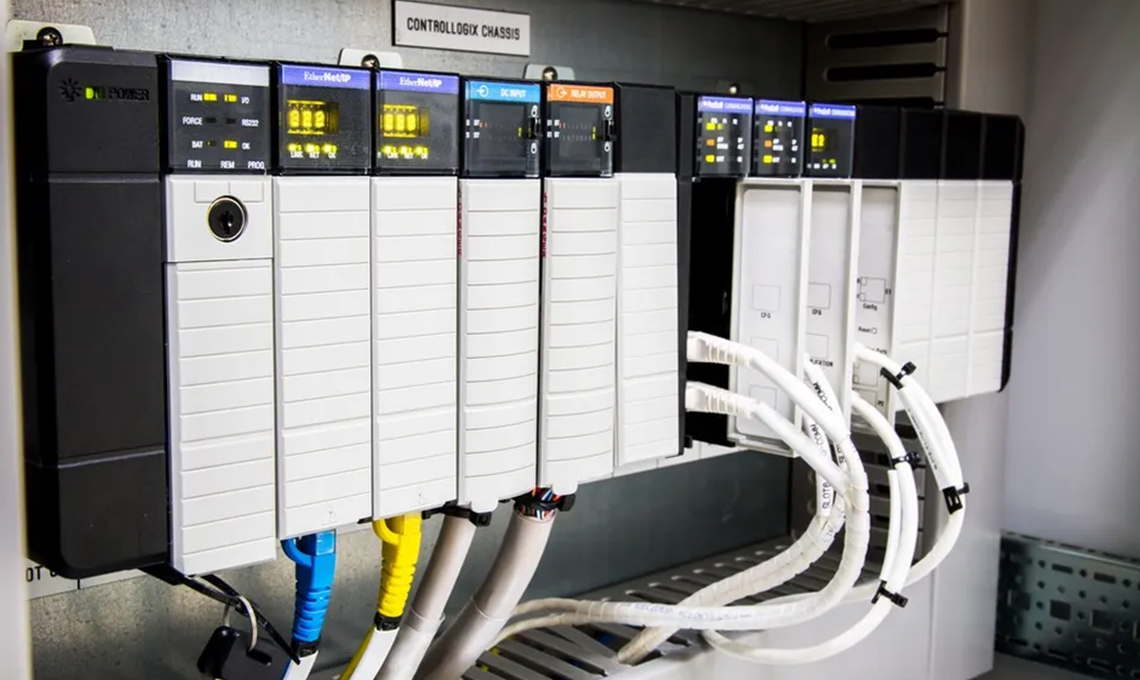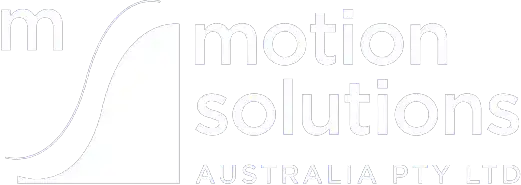A fundamental aspect of motion control systems is the ability to maintain precise and consistent control over processes and machinery. One of the most widely used methods for achieving this level of control is through the implementation of PID (Proportional-Integral-Derivative) algorithms, which enable businesses to maintain optimal performance in their operations. However, maximising the benefits of PID-based control systems requires expertise in tuning the PID controller to the unique requirements of each application. With 30 years of experience in motion control and automation, Motion Solutions Australia Pty Ltd is well-versed in the implementation and tuning of PID control systems, ensuring the highest level of precision and support for your business.
PID controllers work by continuously monitoring the error signal between a process variable (e.g., temperature, speed, or position) and a desired setpoint and applying adjustments to minimise this error. The PID algorithm includes three components: the proportional term, the integral term, and the derivative term. Each of these components contributes to the control loop’s behaviour, allowing the controller to effectively respond to changes in the process variable and maintain stable, accurate control.
However, for a PID controller to perform optimally, the proportional, integral, and derivative gains must be carefully tuned to match the specific application requirements. Advanced PID tuning techniques can accommodate complex systems and demanding environments, ensuring increased efficiency, precision, and overall stability in your motion control systems.
In this article, we will explore the various advanced PID tuning techniques and discuss their benefits and applications in motion control systems. We will also offer tips and best practices for successfully implementing these techniques to optimise the performance of your PID-based controllers. Partner with Motion Solutions Australia Pty Ltd to unlock the full potential of PID tuning and achieve optimal efficiency, precision, and reliability in your motion control systems.
Understanding the Basics of PID Control
Before diving into advanced PID tuning techniques, it’s crucial to have a solid understanding of the fundamentals of PID control. The three main components of a PID controller, the proportional term (P), the integral term (I), and the derivative term (D), work together to control a system effectively:
1. Proportional Term (P): The proportional term reacts in proportion to the error between the desired setpoint and the current process variable. This term provides a control response that is directly proportional to the size of the error, enabling rapid adjustments when the system deviates from the setpoint.
2. Integral Term (I): The integral term is responsible for continuously adding the accumulated error over time, helping to eliminate the steady-state error in the system. By reacting to both the current and historical error, the integral term ensures that the system converges to the desired setpoint.
3. Derivative Term (D): The derivative term is focused on predicting future trends by analysing the rate of change in the system’s error. By doing so, it can provide a stabilising effect on the control system, preventing oscillations and overshoots.
Advanced PID Tuning Techniques: Tools for Enhanced System Performance
There are numerous advanced PID tuning techniques available to enhance the performance of motion control systems. Some of these techniques include the following:
1. Auto-Tuning: Auto-tuning algorithms use data-driven methods to determine the optimal PID parameters for a given application automatically. This approach can save time and eliminate the trial-and-error process, resulting in a faster and more efficient tuning process.
2. Adaptive Tuning: Adaptive tuning techniques involve continuously monitoring the system performance and automatically adjusting the PID parameters in real-time based on changing system dynamics. This approach allows the controller to adapt to varying conditions, such as changes in load, temperature, or system wear.
3. Gain Scheduling: Gain scheduling involves tuning multiple sets of PID parameters for different operating conditions or setpoints and dynamically switching between them as the system conditions change. This technique can optimise system performance across a wide range of operating conditions, ensuring stability and precision.
4. Robust Tuning: Robust tuning techniques focus on maintaining system stability and performance under varying levels of uncertainty or disturbances. By optimising the PID parameters for worst-case scenarios, robust tuning ensures that the control system can handle unforeseen challenges and maintain consistent performance.
Best Practices for Advanced PID Tuning in Motion Control Systems
Implementing advanced PID tuning techniques in your motion control systems requires a thorough understanding of both the control algorithms and your specific application requirements. To ensure success in this endeavour, consider the following best practices:
1. Understand Your System Dynamics: Before implementing any advanced PID tuning technique, it is critical to understand the specific dynamics and process variables of your motion control system. This includes factors such as inertia, friction, and system response times, which will influence your PID parameter selection.
2. Select the Appropriate PID Tuning Method: Once you have a solid understanding of your system’s dynamics, select the most suitable advanced PID tuning technique based on your specific application requirements and operating conditions. Remember that different methods may yield better results in different scenarios, so it’s essential to choose a technique that addresses your unique needs.
3. Monitor System Performance and KPIs: Regularly monitoring key performance indicators (KPIs) can help you assess the effectiveness of your advanced PID tuning strategy. These measurements may include factors such as system stability, overshoot, settling time, and steady-state error. Tracking your system’s performance can alert you to potential problems and opportunities for improvements.
4. Collaborate with Experts: Optimising the performance of motion control systems with advanced PID tuning techniques can be a complex task, which is why partnering with experienced professionals like Motion Solutions Australia Pty Ltd can greatly benefit your business. Their expertise and support can provide valuable insights and guidance as you develop and implement your advanced PID tuning strategy.
Conclusion
Advanced PID tuning techniques offer powerful tools for enhancing the performance, precision, and efficiency of motion control systems. By understanding the fundamentals of PID control, selecting appropriate tuning methods, and following best practices in implementation, businesses can unlock the full potential of these advanced approaches and optimise the performance of their motion control systems.
Partner with Motion Solutions Australia Pty Ltd to benefit from their wealth of experience in motion control and automation and access expert support in applying advanced PID tuning techniques within your business. Their expertise can help you ensure optimal system performance and ongoing success in an increasingly competitive automation landscape.


